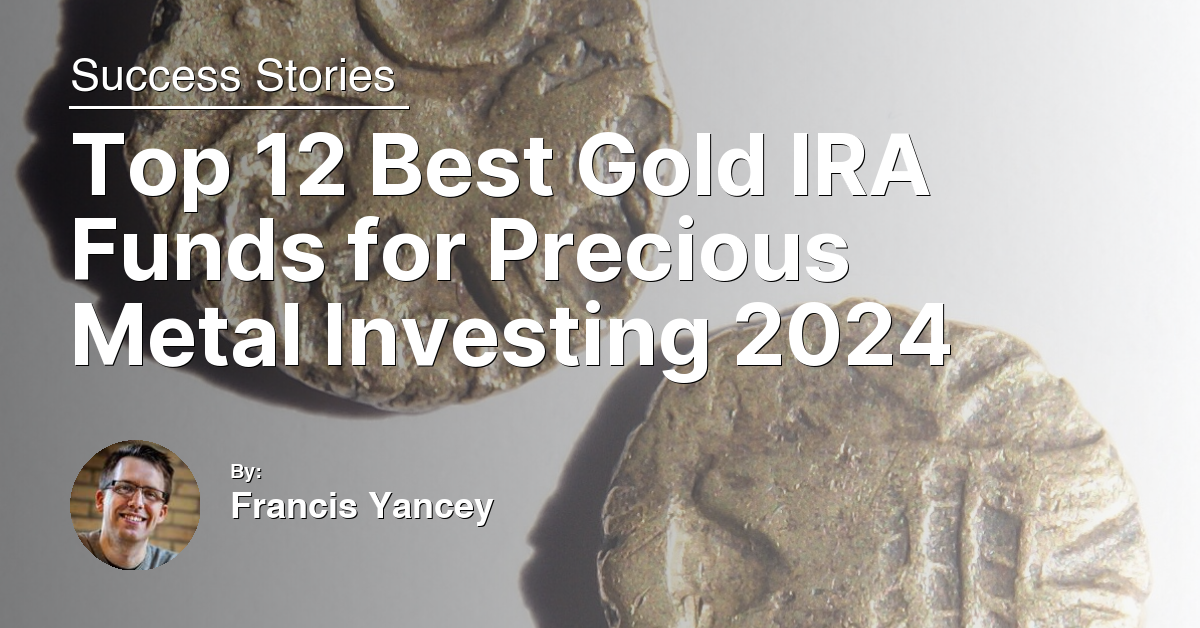As retirement approaches, many seniors seek stable and secure investment options to safeguard their life’s savings. Safe Gold IRA and Precious Metals Investing offers a timeless solution. This article delves into the world of gold and precious metals, highlighting their benefits as a hedge against inflation and market volatility. Perfect for seniors looking to diversify their retirement portfolio, this guide provides essential insights for a prosperous and worry-free retirement.
Understanding Gold Investment Options for Retirement
When considering gold investment options for retirement, it’s essential to explore various avenues that align with your financial goals and risk tolerance. Investing in precious metals like gold, silver, platinum, and palladium can offer a hedge against inflation and currency devaluation, critical for preserving purchasing power in retirement.
One popular method is purchasing physical gold, such as coins or bars, through a trusted broker-dealer or mint. Physical gold provides tangible assets but comes with considerations regarding storage and insurance costs. Alternatively, Gold IRAs allow investors to hold gold in a retirement account, offering tax advantages similar to traditional IRAs.
Gold exchange-traded products (ETPs) and stocks in mining companies present another layer of diversification, tying investment to gold prices without the need to hold physical metal. These options, however, introduce exposure to market volatility and company performance risks.
Regardless of the chosen method, working with a reputable custodian bank or broker and understanding the associated fees, tax implications, and liquidity of your investment is crucial for a secure and profitable retirement portfolio.
Setting Up Your Gold IRA Account
To set up your Gold IRA account, start by selecting a reputable custodian bank or financial institution that specializes in precious metals. This entity will serve as the guardian of your IRA, handling the security, storage, and reporting of your gold and other precious metal assets.
Next, you’ll need to choose between a traditional IRA or a Roth IRA, based on your current tax situation and future income expectations. Traditional IRAs offer tax-deferred growth, potentially giving you a tax advantage if you anticipate being in a lower tax bracket upon retirement. Roth IRAs, on the other hand, provide tax-free growth and withdrawals, beneficial if you expect to be in a higher tax bracket in the future.
Once your account is established, you can fund it through a transfer, rollover from another retirement account, or by making a direct contribution. With funds in place, consult with your custodian or a trusted financial advisor to select the right mix of gold coins, bars, or possibly gold exchange-traded products. This diversified approach can help hedge against market volatility and enhance the liquidity and profitability of your portfolio.
Advantages and Downsides of Gold IRAs
Advantages of Gold IRAs include their ability to act as a hedge (finance) against inflation and economic uncertainty, preserving the value of your nest egg when paper currency values decline. Gold and other precious metals like silver, platinum, and palladium, being tangible assets, provide a sense of security not always found in stocks or bonds. Their historical performance shows a relatively steady value increase, enhancing the potential for profit (economics) over time. Gold IRAs also offer tax advantages, such as tax deferral on gains until distribution, similar to traditional IRAs.
Gold IRA Rollovers: From 401k to Precious Metals
Gold IRA rollovers are a strategic move for seniors looking to diversify their retirement savings from traditional 401k or SEP-IRA plans into precious metals like gold and silver. This process involves transferring assets directly from your current retirement account to a Gold IRA, without incurring immediate tax penalties due to tax deferral benefits.
This option not only provides a hedge against inflation and stock market volatility but also offers the security of investing in a tangible asset. When choosing to rollover into a Gold IRA, investors can select from gold coins, bars, or even gold exchange-traded products, ensuring a method that aligns with their investment strategy and risk tolerance.
It’s essential to partner with a reputable broker-dealer who understands the commodity market and the specific regulations set by the Internal Revenue Service for Gold IRAs. This includes recognizing which gold products are considered legal tender and eligible for IRA investments. Be mindful of associated fees and expenses to maximize your investment’s potential.
Choosing the Right Gold IRA Custodian
Look for custodians with a strong track record in handling Gold IRAs and other precious metals. They should offer transparent fee structures, making it easy to understand the cost of your investment. Custodians that provide detailed information on storage options, whether commingled or segregated, and their associated expenses are preferable.
Ensure they have robust security measures for the physical gold and offer options for diversification, such as the inclusion of silver, platinum, and palladium in your portfolio. A well-chosen custodian will not only safeguard your investment but also assist in building a retirement nest egg that benefits from the inherent stability and potential profit of the precious metals market.
Gold Exchange-Traded Funds (ETFs) and Mutual Funds
Mutual funds, on the other hand, might invest in a variety of gold-related assets, including gold mining companies or gold futures contracts, offering diversification within the precious metals sector. Both options can be included in retirement portfolios, such as a SEP-IRA or Roth IRA, potentially providing income through dividends or profit from increased gold prices.
Physical Gold vs. Gold IRAs: Making the Right Choice
When choosing between physical gold and Gold IRAs, consider your investment strategy and goals. Physical gold, including coins and bars, offers tangible assets that you can store and manage. This option is appealing for its direct ownership, potential for privacy, and the satisfaction of holding your investment. However, it comes with challenges such as securing your gold, insurance costs, and potentially higher dealer markups.
Gold IRAs, on the other hand, allow you to invest in gold without the need to physically hold it. This option provides a tax advantage since it’s part of a retirement account, potentially deferring taxes until withdrawal. Gold IRAs can include stocks in gold mining companies, gold ETFs, and gold mutual funds, offering a broader investment scope and ease of liquidity compared to physical gold. However, investors should be mindful of management fees and the need to rely on custodians for transactions.
Ultimately, your choice should align with your investment objectives, considering factors like market liquidity, security, and cost.
Key Tax Rules and Costs for Gold IRAs
| Tax Rule/Cost | Description |
|---|---|
| Contributions | Annual contribution limit for Gold IRAs is $6,000 ($7,000 for individuals over 50) |
| Withdrawals | Withdrawals from Gold IRAs are taxed as ordinary income if taken before age 59 1/2 |
| Early Withdrawal Penalty | 10% penalty for early withdrawals from Gold IRAs before age 59 1/2 |
| Storage Costs | Annual storage fees for holding physical gold in an IRA account |
| Sales Tax | Some states charge sales tax on purchases of physical gold for IRAs |
Alternatives to Gold IRAs: Stocks and Beyond
While Gold IRAs offer a secure way to invest in precious metals, diversifying with alternatives such as stocks, bonds, and mutual funds can provide a balanced portfolio. Stocks, representing ownership in a company, can offer significant profits through share price appreciation and dividends. However, they come with higher volatility compared to gold.
Bonds, issued by corporations or governments, offer a more secure investment with fixed interest payments, acting as a hedge against stock market volatility. Mutual funds, pooling money from many investors to buy a diversified portfolio of stocks and bonds, provide an easy way to diversify with professional management, though they come with management fees.
For those interested in the commodity market without physical gold’s storage and security concerns, Gold exchange-traded products (ETPs) and futures contracts offer exposure to gold prices without owning the metal. These financial instruments can enhance liquidity and flexibility in an investment portfolio, allowing for more strategic investment decisions.
Making Informed Decisions: The Bottom Line on Gold for Retirement
When considering gold as part of your retirement portfolio, it’s crucial to understand its role as both a hedge (finance) against inflation and a form of security. Gold’s intrinsic value and historical stability make it an attractive option for diversifying and securing retirement savings. Unlike stocks or bonds, gold offers a tangible asset, which for many, adds a layer of psychological comfort.
Investing in gold can be done through gold coins, bars, or gold exchange-traded products. Each option comes with its own set of considerations regarding market liquidity, expense, and storage. For instance, gold coins, recognized as legal tender, can offer more flexibility and are easier to sell than bars. However, they might carry a higher premium over the spot price of gold due to minting costs.
For seniors, the tax implications of investing in gold for an IRA are also significant. While gold can be a tax-efficient way to preserve wealth, understanding the rules set by the Internal Revenue Service regarding IRA investments in precious metals is essential. This includes recognizing approved forms of gold and the impact on distributions.

